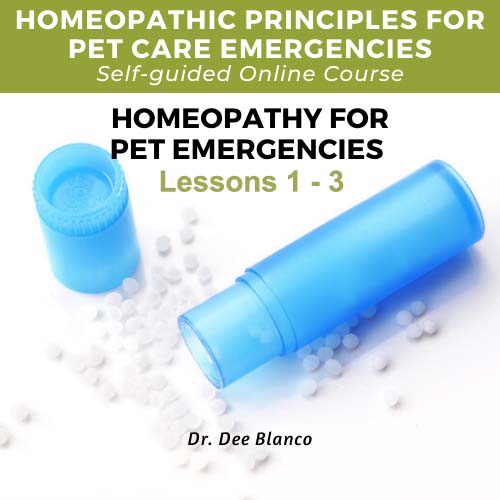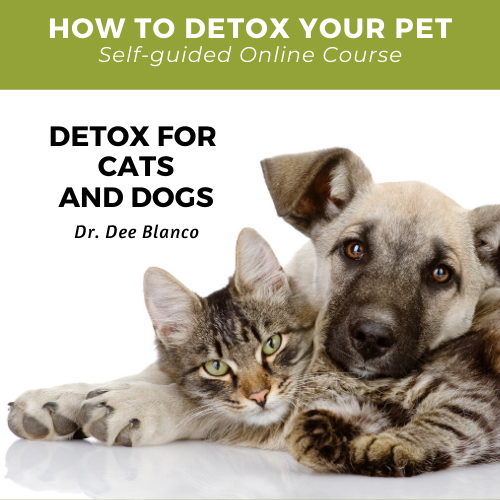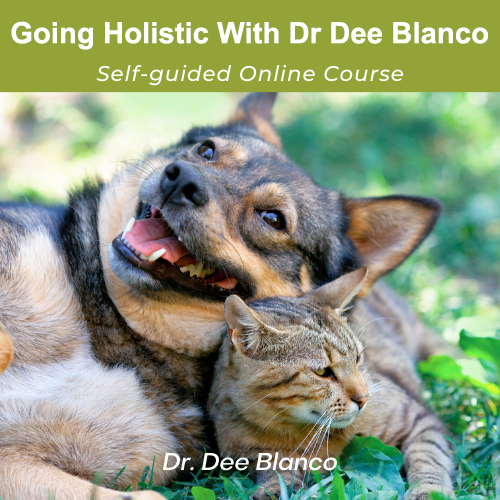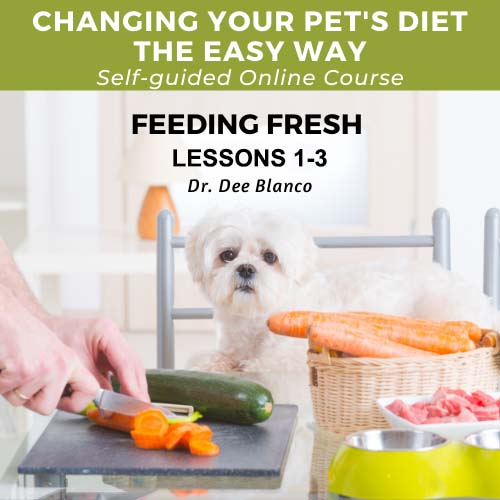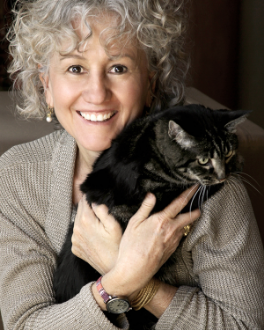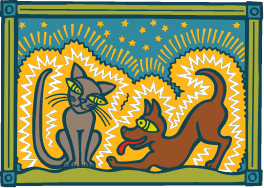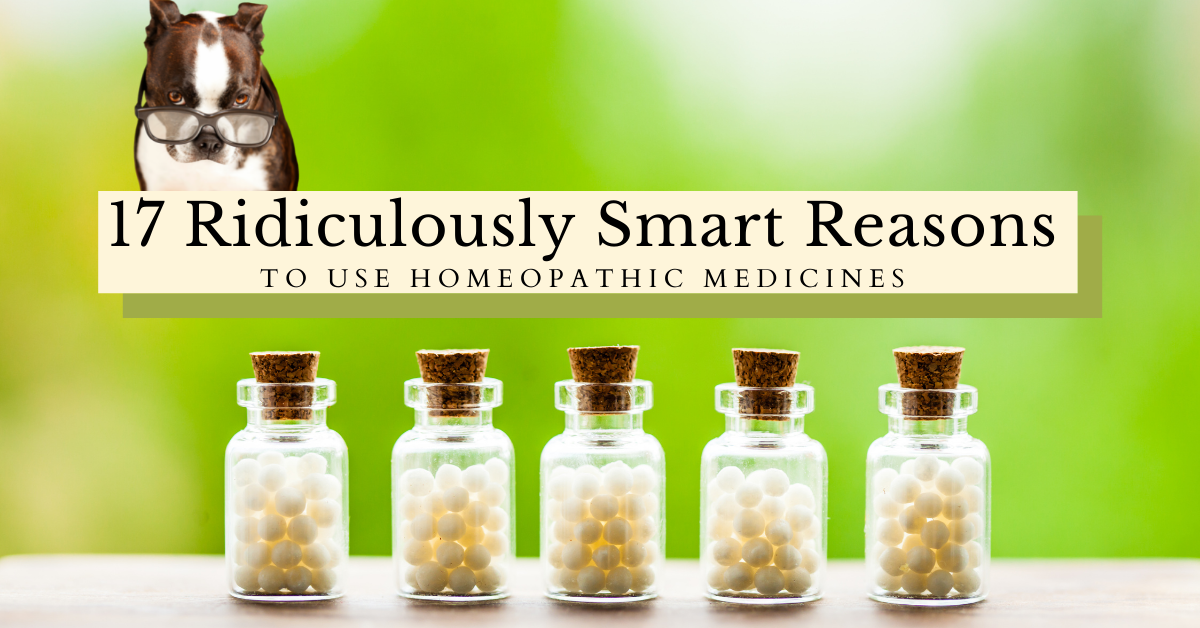The news of COVID-19 was both devastating and motivating. As a holistic doctor of veterinary medicine and a naturopathic clinician, I have frequently questioned the status quo of what I call “commercial medicine.” The history you’ll learn in this blog is part of what helped me find my path towards what is true for me, professionally and personally.
Homeopathy for Epidemics: Important Definitions
Here are a couple of definitions which will make the historic use of homeopathy for epidemics a little easier to digest:
Nosode – a homeopathically prepared remedy made from an infectious disease product either directly from the bacteria or less directly from a tissue purported to contain it
Genus epidemicus – the name given to the medicine identified in homeopathy to be used for preventing infectious diseases
The group of symptoms which characterizes an epidemic. This “symptom complex” is then used to select a particular homeopathic remedy which can be used both curatively and prophylactically during an epidemic

Dr. Dee's Homeopathy Course For Emergencies
Learn more about how to use Homeopathy for your pet emergencies. Price: $95
The first practitioner to conceptualize and employ the healing medicine of homeopathy was German physician, Dr. Samuel Hahnemann.
Dr. Hahnemann established the preparation and use of the energetic medicine we use today at the turn of the 19th century. In 1799, he was the first to identify the use of Belladonna to treat a young girl exhibiting the symptoms of what we would now refer to as scarlet fever. In the same household, he thought to treat another, asymptomatic child with Belladonna and it proved to prevent the spread the sibling’s scarlet fever.
As scarlet fever seemed to spread throughout Hahnemann’s home country of Germany, he found he could also treat his patients with Aconite. This remedy was an effective treatment between 1801 – 1808. He was flexible enough to see how the conditions changed and altered his remedy accordingly. Today, we still use Belladonna and Aconite to treat fever.
Following Dr. Hahnemann’s revolutionary legacy, Dr. Dorothy Shepherd treated hundreds of children during the post World War II era using homeopathy alone.
Dr. Shepherd studied medicine at Heidelberg medical school and graduated from Edinburgh. She was raised in a home where the use of homeopathic medicine was commonplace. In spite of this, she studied allopathic (otherwise known as Western) medicine. Her interest in the medicine of her childhood remerged in adulthood and she went on to study at the Hering Medical College in Chicago to delve deeper into her homeopathic studies in 1906.
Following the end of World War II, she returned to Europe with her new skills. Her mission was to help the children of London. She saw countless cases of trauma and decided to open a hospital specifically for children living in poverty. The hundreds of children she treated using only homeopathy had contracted pertussis, diphtheria, polio, and so on.
Among Dr. Shepherd’s documented homeopathic studies was her work on preventing the spread of whooping cough.
In her study, Dr. Shepherd administered a nosode to 950 children; out of the 950, 945 successfully avoided the illness, 1 died, and the remaining 4 had been very ill for several months. All five of the cases where the nosode was not effective, Dr. Shepherd found the nosodes had not been administered properly. These were not hospitalized children; they were children living at home whose parents were charged with delivering the medicine with Dr. Shepherd’s instructions.
She was quoted as having written, “I must admit that homeopathy has never let me down. Homeopathy is a life-long study. It requires the burning of the midnight oil, but, it is worthwhile.”
Of the countless homeopathic doctors using homeopathy in the 1950’s for prevention and treatment of the syndrome known as “polio,” three practitioners stand out.
Dr. Taylor Smith of Johannesburg, South Africa used a known homeopathic remedy, not a nosode, to prevent the spread of “polio.” He dosed 82 children and adults with the remedy Lathyrus sativus. His efforts resulted in zero polio contractions in the 82 people he treated. What is particularly remarkable is out of the 82, 12 came into direct contact with “polio” and still did not contract it.
In a similar case in the same era, Dr. A. H. Grimmer of Chicago, IL also used Lathyrus sativus as a “polio” preventative. He treated 5,000 young children and all of those children avoided contracting “polio.”
Dr. Francisco Eizayaga of Argentina dosed thousands of patients with Lathyrus sativus in 1957 to prevent “polio.” He used the same remedy to preventatively treat 40,000 patients in 1975. All of Dr. Eizayaga’s patients were spared contracting “polio.”
To bring homeopathy to our current century, in 2007, an epidemic outbreak of the bacterial disease Leptospirosis occurred in Cuba while Dengue fever roared through Brazil.
There were limited vaccines in Cuba during the early 2000’s and 2.3 million people were affected by the outbreak. A nosode was created from 4 strains of the disease. It is my assumption that the vaccine assisted in the creation of the nosodes to provide those 4 strains. The country observed a significant decrease in infection rates as reported in scientific journals. No decreases were observed in populations not given the nosode.
In 2010, 90% of Cubanos were dosed with a nosode for H1N1 where, again, the country saw an enormous decrease in flu cases.
Currently, in 2020, Cubanos are using a nosode for the prevention of what I call “COVID Syndrome.”
Brazil endured what is now known as the Dengue fever in 2007. 156,000 doses of a combination homeopathic remedy were administered in Rio de Janiero. This combination included Crotalus horridus, and Phosphorus, Eupatorium perfoliatum – all in 30C potency. Rio de Janiero had a 93% decrease in all cases of the fever, a staggering contrast to the 128% increase in other cities without use of the combination homeopathic remedy. Additionally, ill patients in Rio de Janiero recovered 3.6 days faster when using homeopathy.
Dengue fever also showed up in Deli, India, Sri Lanka, and Honduras. Each of these three areas used homeopathy to decrease the infection spread. India created a nosode (30C) and dosed 39,200 people. The infection rate in those who took the nosode was only 0.125% compared to the 50% of those who did not take the nosode. In Sri Lanka, the remedy Eupatorium perfoliatum (30C) was administered to 14,000 people. Out of those 14,000, only 100 died from the fever. The rates of success when using homeopathy were similar in Honduras.
Was homeopathy ever used for widespread animal illness? Why, yes, as a matter of fact…
Remember the Mad Cow disease outbreak in Europe roughly between 1980-1990?
In England, 4 million animals were slaughtered in 1992 to “prevent” the outbreak of Mad Cow disease. The catastrophic loss of life was similar in France, Austria, Belgium, and the Netherlands.
Germany, however, dosed their animals with Kali arsenicosum as a preventative. No clinical evidence of the illness presented itself in their animals and there were no mass destructions of lives. None.
Looking back again, in 1873, a statistic review of mortality rates was presented by Dr. E Kellogg (New York), Dr. P. Dudley (Philadelphia), and E. Russell (Boston) comparing death rates of homeopathic vs allopathic treatments.
Three researchers provided general reports, not pertaining to a specific illness, of death rates in their cities when patients were treated with allopathic medicine or homeopathy. These numbers were compiled between 1870-1872. While the totals of study groups varied, the totals were sobering.
From the groups compiled, 54,679 deaths occurred while under the care of allopathic medicine. How did homeopathy fare? 5,903 deaths.
Another general statistics study came out a few years later measuring mortality rates from 1874-1877. This study targeted diseases arriving in hospitals to include general, chlolera, pneumonia, and typhus fever. The mortality rates under allopathic treatments ranged from 10% to 54%; for homeopathic care, 5% to 27%.
Homeopathy has a long, rich history of offering life-changing support during times of epidemic disease.
As I type this, homeopaths all over the globe are treating the “Covid Syndrome” with great success and then sharing their information freely via webinars and social media with any and all of us interested homeopaths.
Clearly, with homeopathy’s long and successful history for prevention and treatment in epidemics, there is no need for the injection of toxic vaccinations, promoted and supported for every human on the planet, for COVID-19 or any other perceived agent of harm. More on this topic soon!
I suggest everyone interested in learning more about the gentle, but, powerfully healing art of homeopathic medicines to invest in a kit and to start treating everyday issues such as bruises, sprains, burns and anxiety. Please, visit my store for what I have found to be the most useful and cost-effective way to invest in this amazing medicine.
Charts for reference:



For more information on homeopathy’s success rates against allopathy, click HERE.
For fascinating accounts of homeopathic treatments during the “influenza pandemic” of 1918, click HERE.
